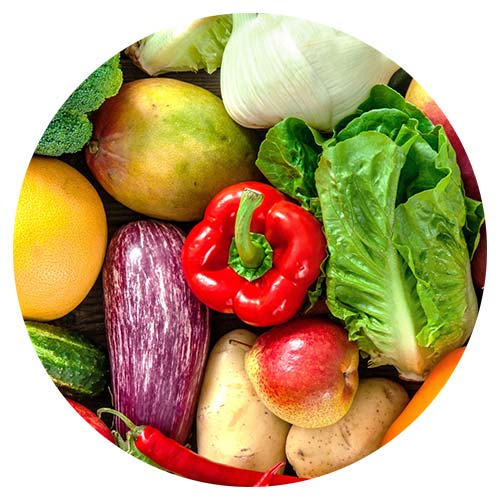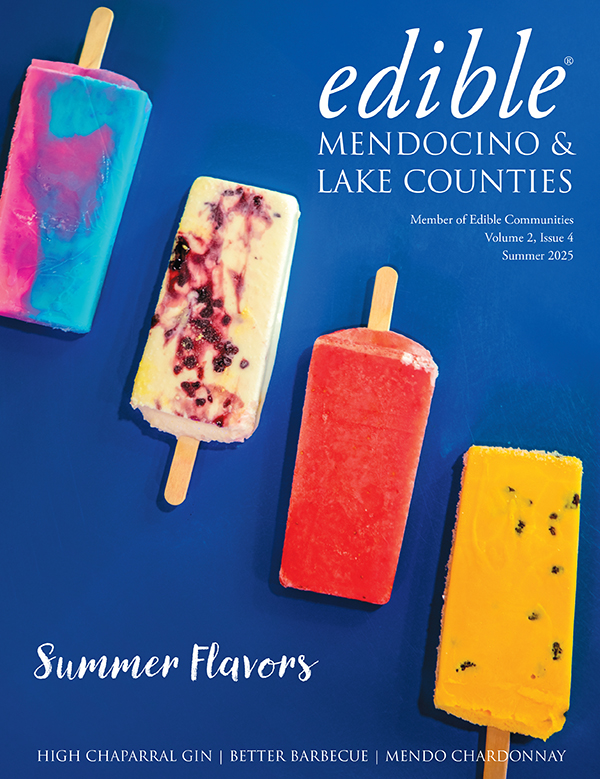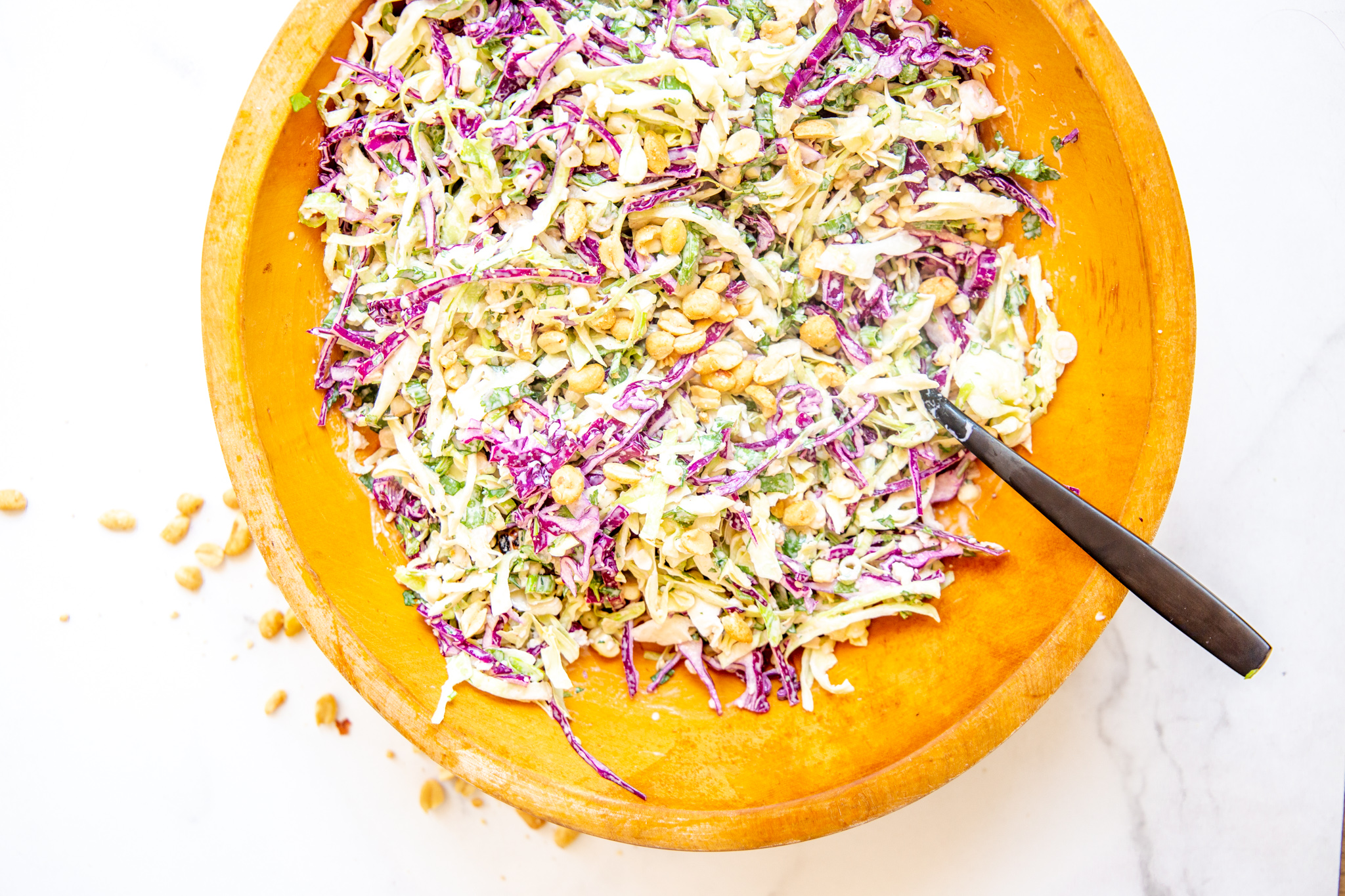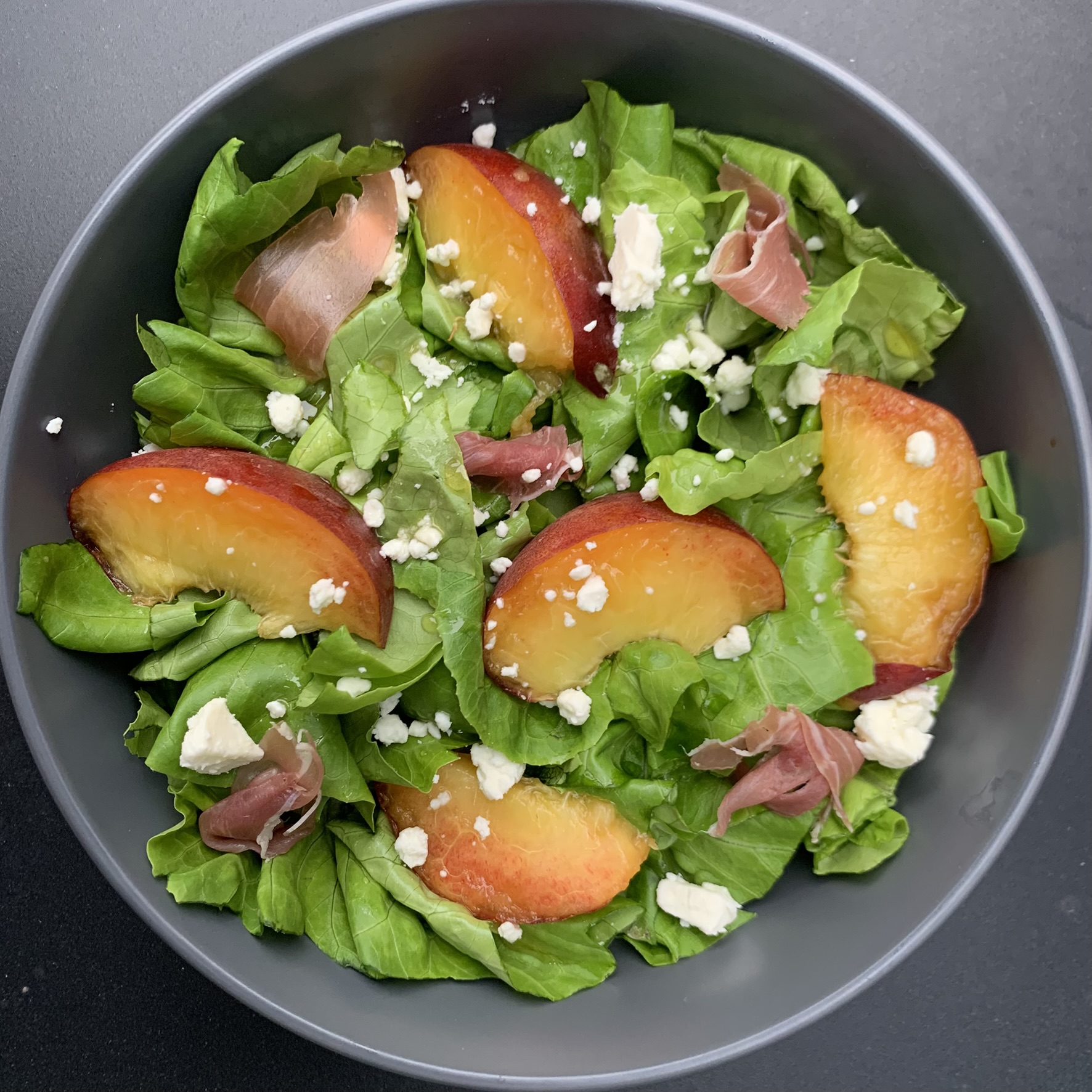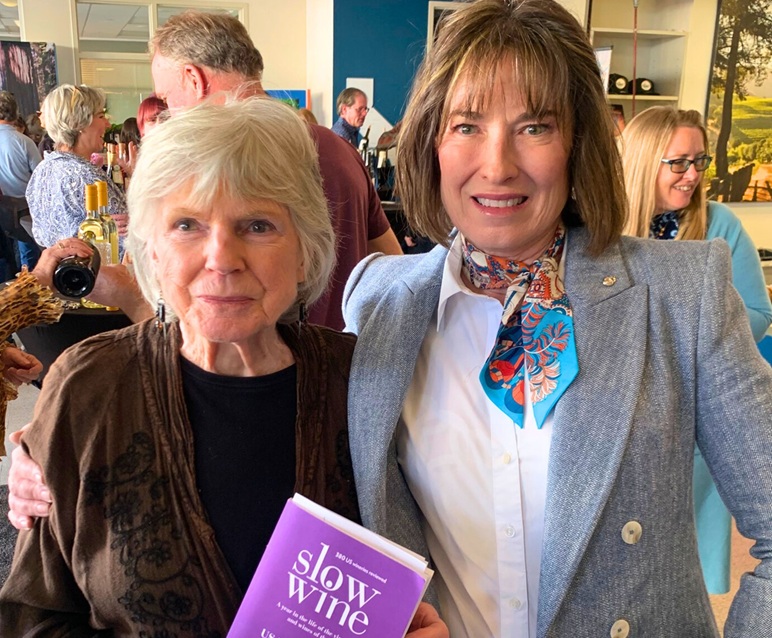Low-Intervention Chardonnay Finds Its Voice in Mendocino County
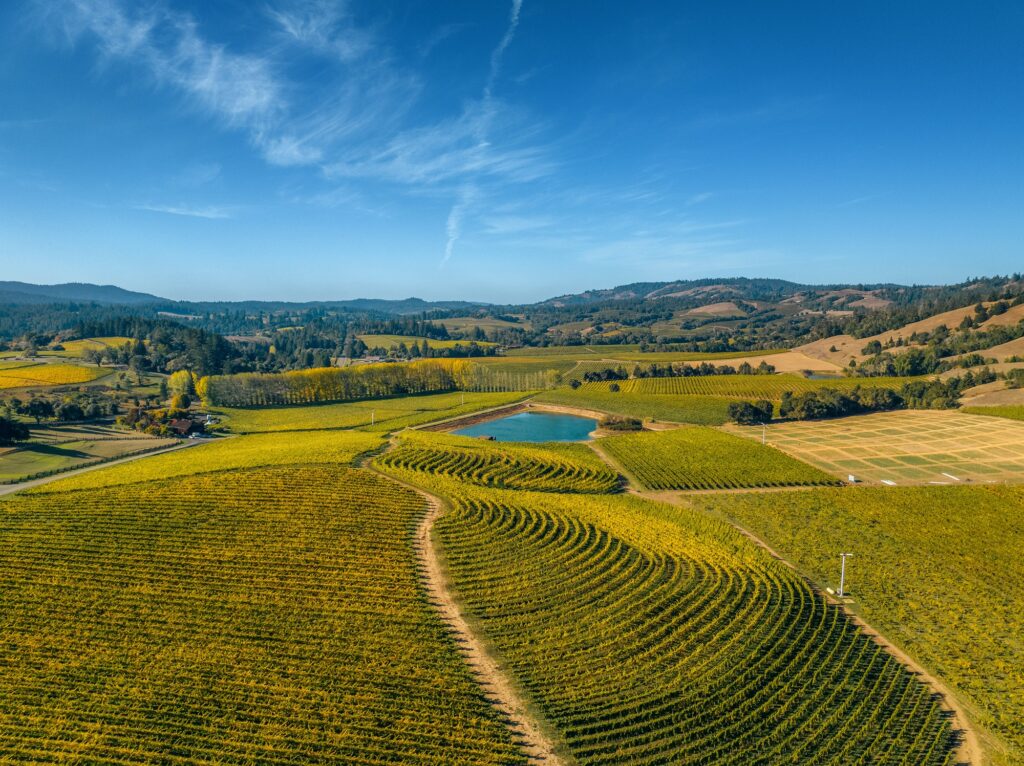
Chardonnay in California has long been painted in broad strokes: either sharp and citrusy or thick with butter and oak. But a quieter revolution is underway on the rugged ridgelines and cool valleys of Mendocino County. Here, thoughtful winemakers are redefining what California Chardonnay can be—crafting wines of balance and nuance that echo the great White Burgundies of France while staying rooted in the region’s wild, coastal terroir.
These Chardonnays are not the butterbombs of yesteryear, nor the stainless-steel styles that became the response to them. Instead, Mendocino County’s low-intervention Chardonnays are restrained, textured, and mineral-driven, shaped gently by mostly native fermentation, neutral or low amounts of new oak, and a deep respect for the land—many of the vineyards are farmed sustainably, organically, regeneratively, or all of the above. With naturally low-alcohol levels and crisp acidity, these wines tell a story of place, patience, and winemaking that gets out of the way.
Mendocino County is carving out a space for Chardonnay that feels refreshingly modern yet deeply grounded in Old-World traditions. These winemakers aren’t chasing trends—they’re letting nature lead, crafting wines that are thoughtful, restrained, and expressive. Whether grown along the foggy ridgelines of Mendocino Ridge or tucked into the quiet corners of Anderson Valley, these Chardonnays share a common thread: a reverence for the land, for balance, and for the quiet beauty that lies between brightness and richness.
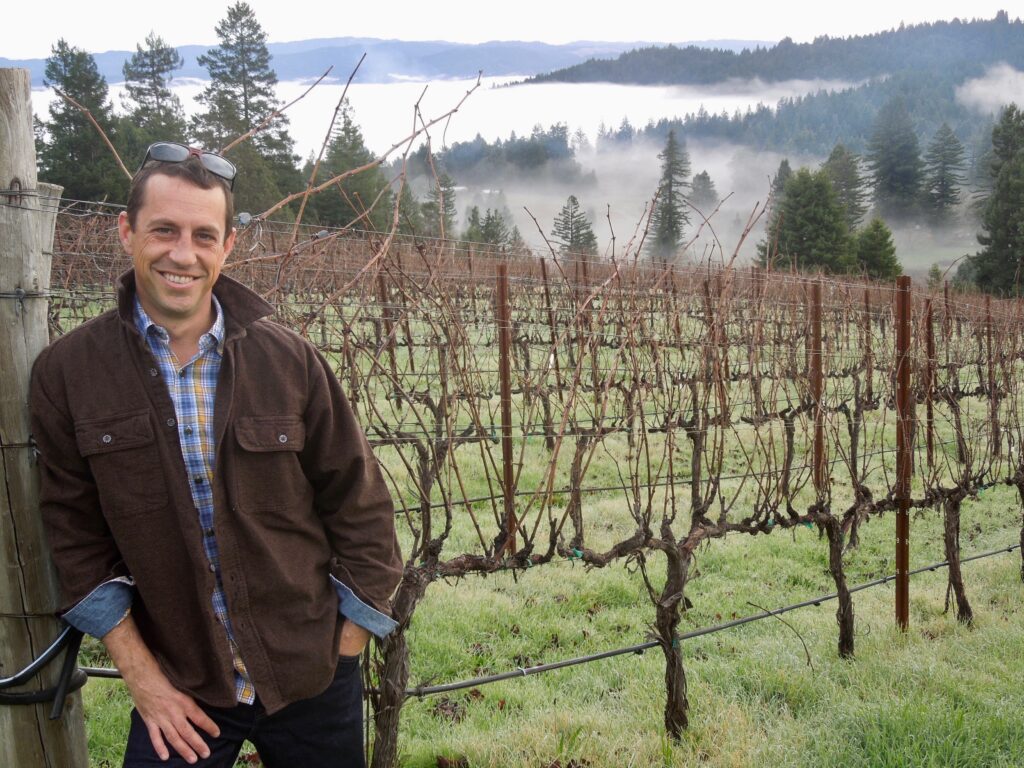
Baxter Winery: Mineral Elegance from Oppenlander Vineyard
Winemaker Phillip Baxter brings a Burgundian sensibility to the rugged Mendocino coast, crafting small-lot, naturally fermented wines that let vineyard character shine. His 2022 Oppenlander Vineyard Chardonnay—sourced from own-rooted vines just nine miles from the Pacific near Comptche—is a study in quiet precision and old-world technique. Hand-harvested fruit is whole-cluster pressed, then gravity-settled and racked to neutral French oak, where native yeasts guide a long, slow fermentation.
Baxter allows the wine to rest on its lees for eight months, developing texture without distraction. Only 30% of the wine undergoes malolactic fermentation, preserving natural acidity and freshness. The final six months of aging took place in stainless steel to refine the wine’s crystalline edge. There is no new oak, no added yeast, and no filtration—just an elegant translation of site and season.
The resulting Chardonnay is ethereal yet structured. The 2022 Oppenlander Vineyard Chardonnay boasts notes of orange blossom, lemon zest, and beeswax, giving way to flavors of Meyer lemon and stony minerality on the creamy textured palate. Reminiscent of Chablis and with just 12.8% alcohol, Baxter’s mineral-driven Oppenlander Chardonnay offers the kind of quiet clarity only possible through respectful farming and restrained winemaking.
The Baxter Winery tasting room is located at 8660 Hwy. 128 in Philo. For more information, call 707-895-3173 or visit baxterwinery.com.
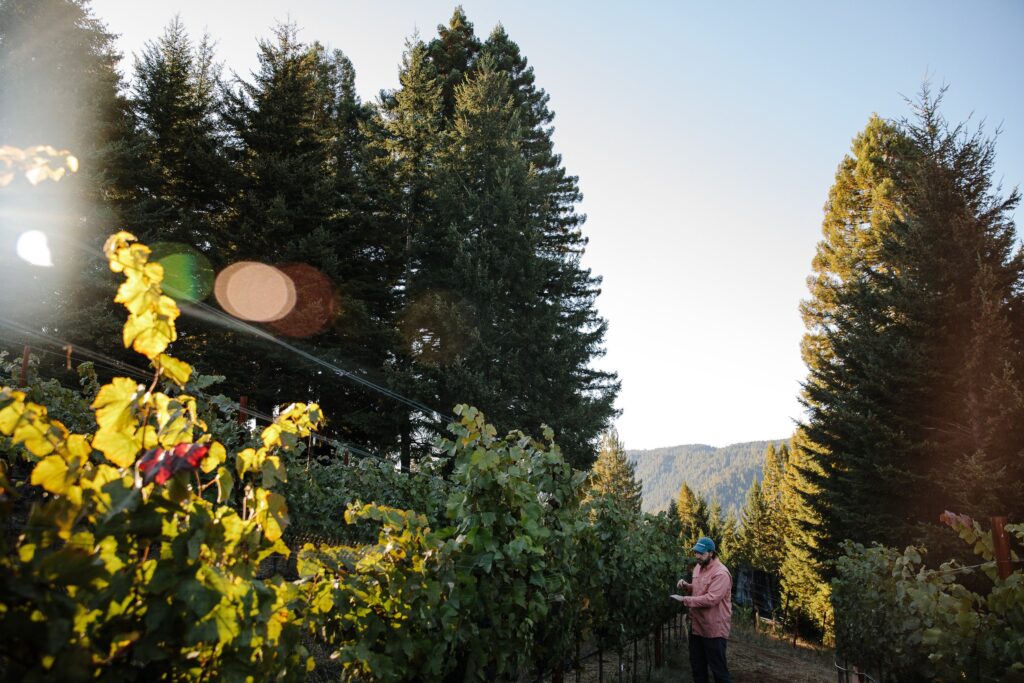
Wentworth Vineyards: Technique in the Hills
Mark Wentworth approaches Chardonnay with the precision of a craftsman and the sensitivity of a naturalist, drawing from two different vineyard sites to create wines of depth and finesse. At his high-elevation estate on Mendocino Ridge—just a few miles from the Pacific—his 2023 Wentworth Vineyard Chardonnay begins with regeneratively farmed, hand-harvested grapes from a site perched above the fogline. The vines, planted in 2015 to a mix of Dijon 95, 548, and Hyde selections, root deeply into ancient seabed soils and fractured shale.
The fruit is whole-cluster pressed and fermented in barrel, with two-thirds new French oak lending structure and spice. A complete malolactic fermentation in the barrel follows, encouraged by biweekly stirring of the lees, which adds texture and mid-palate weight. Though rich in process, the wine remains nimble: lifted by brisk acidity and layered with salinity. It’s a Chardonnay that speaks fluently of cool air, forest light, and mineral tension.
From Anderson Valley’s deeply shaded Deep End comes the 2023 Nash Mill Chardonnay—a study in elegance from a vineyard just 12 miles inland but markedly cooler. Planted to Wente and Dijon 95 clones, the block sits between 400 and 500 feet in elevation and has been dry-farmed organically since the Wentworths acquired it in 2017. Whole-cluster pressed and fermented in a mix of stainless steel, new French oak, and neutral barrels, this wine balances aromatic lift with structural grace. Full malolactic fermentation and careful stirring of the lees coax out notes of white flowers, lemon zest, and crushed oyster shells. Both wines are bottled unfiltered, allowing the clarity of place to shine through the winemaking craft.
The Wentworth Vineyards tasting room is located at The Madrones, 9000 Hwy. 128 in Philo. For more
information, call 707-813-1339 or visit wentworthvineyard.com.
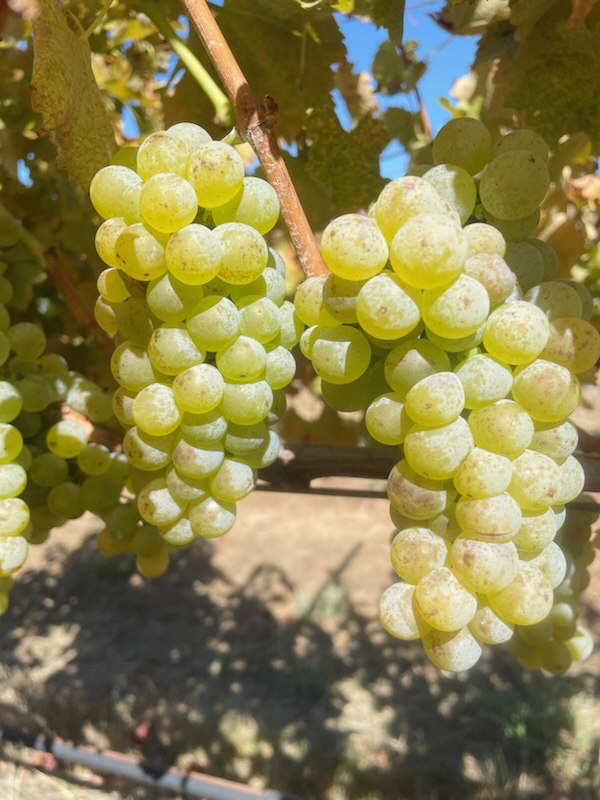
Lussier Wine Co.: Regeneration in a Glass
No conversation about Chardonnay in Mendocino is complete without Lussier Wine Co., where winemaker G.W. Lussier channels the energy of the land into every bottle. Lussier sources Chardonnay from the high-elevation Mariah Vineyards, perched at 2,400 feet in the Mendocino Ridge AVA. Planted by Dan Duling and now farmed by his son, “Swiss Mike,” the site overlooks the Pacific Ocean and is sculpted by coastal winds and timber-laced soils—ideal conditions for a long, cool growing season. The vineyards are Land to Market–certified and completely regeneratively farmed.
For the 2023 vintage, Lussier picked his Chardonnay at just 20.5 brix, preserving a taut line of acidity and a naturally low alcohol of 12.3%. The fruit—clones 76 and 96—was hand-harvested and co-inoculated with a low-foaming yeast, followed by malolactic fermentation. The wine fermented slowly in barrel, spending just over a month in fermentation before aging on its lees for 16 months. Half of that aging occurred in new French oak barrels from Atlantique, a family-run cooperage where master cooper Eric Millard makes just three barrels a day by hand. Each stave is air-dried for three years and submerged in the Atlantic before being fire-bent over a slow, neutral flame, yielding a barrel with energy, nuance, and textural finesse.
Yet the oak never overpowers. This is not a Chardonnay of butter and toast, but one of salinity, sleek acidity, and pure site expression. Lussier’s use of Simonit & Sirch pruning, which preserves sap flow throughout the vine, further underscores his commitment to vine health and longevity, practices that allow fruit to ripen with both power and poise. The result is a wine that vibrates with coastal vitality, layered citrus, and mineral tension. It doesn’t just reflect Mendocino—it sustains it.
For more information about Lussier Wine Co., visit lussierwineco.com.

Aging & Lees: The Quiet Architects of Chardonnay
Two of the most influential forces behind Chardonnay’s flavor and structure are aging and lees contact. Aging in oak—particularly neutral French oak or a low percentage of new French oak—allows wines to breathe and evolve slowly, adding gentle textures and depth without overwhelming the grape’s natural characteristics. Lees are the spent yeast cells left behind after fermentation. When winemakers age their Chardonnay on the lees, the wine gains richness and complexity, often contributing a creamy mouthfeel and layered aromatics. With a light touch of malolactic fermentation—the conversion of malic acid into lactic acid—the process adds richness and gentle, buttery undertones that do not overpower the entire palate.
The winemakers of Mendocino County are using these tools with a light touch, letting the environment lead and the grape express its most honest form. The result is a compelling collection of Chardonnay that is elegant yet expressive and distinctly Mendocino.
